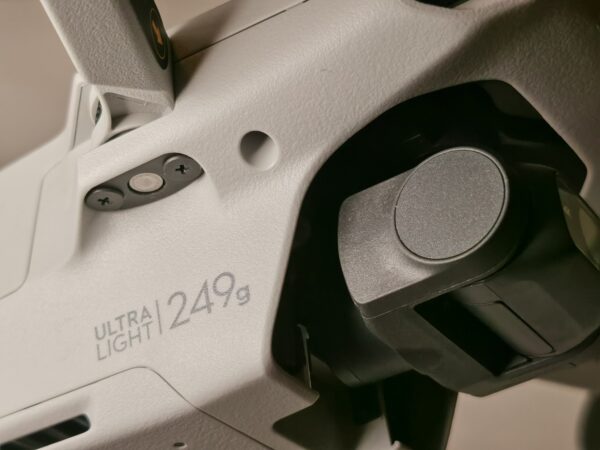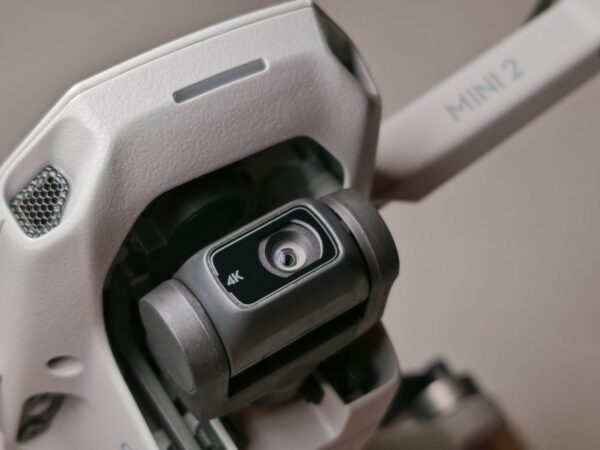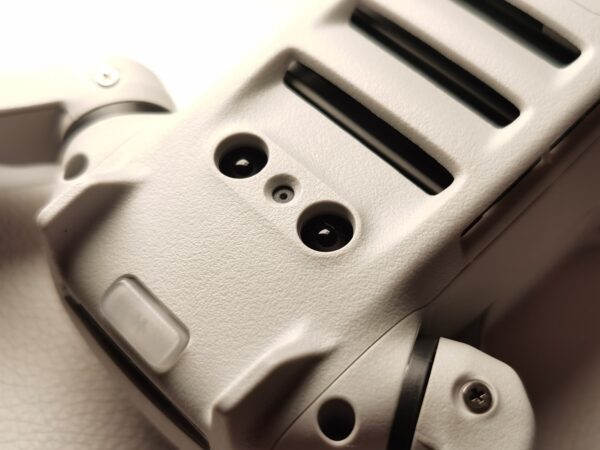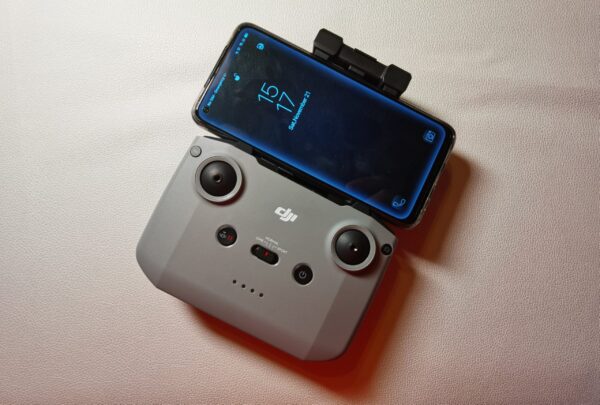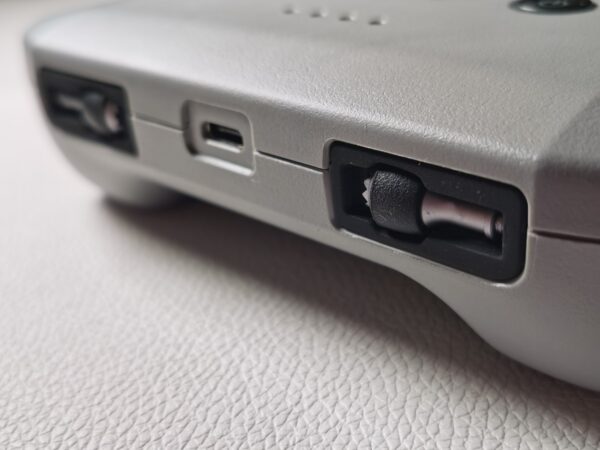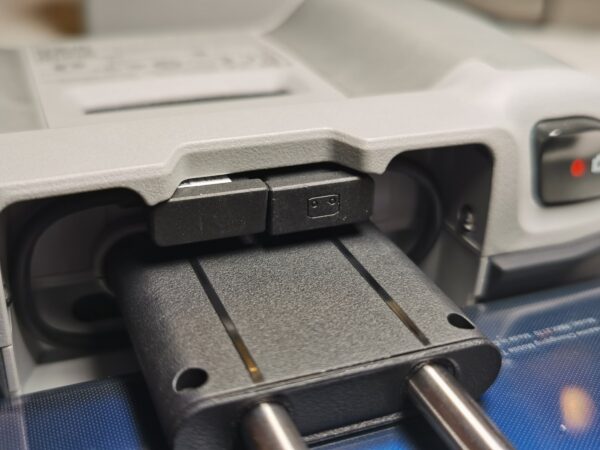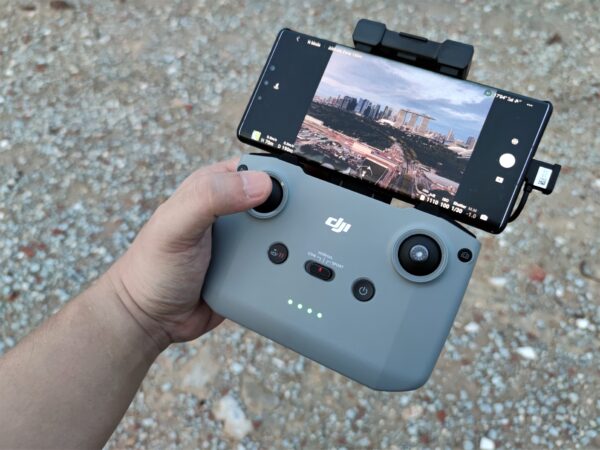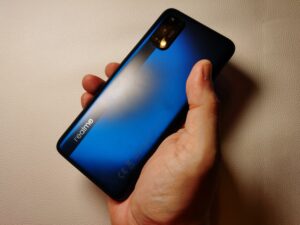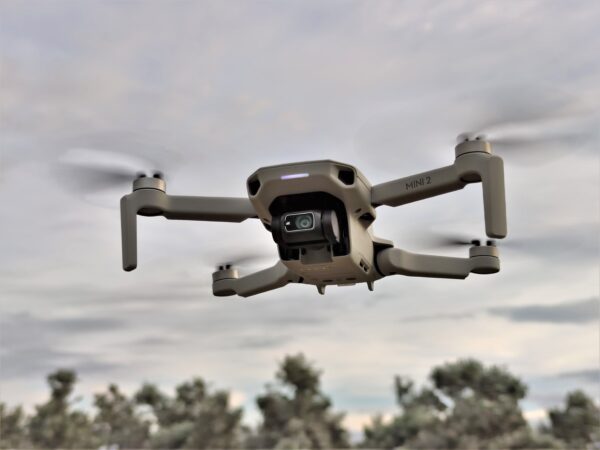
One of the first things to note about the DJI Mini 2, the latest ultra-light drone from the Chinese manufacturer, is that it does not need to be registered with the authorities in Singapore.
That’s because its weight of 249g is under what is required for a drone to be registered with the Civil Aviation Authority of Singapore.
That’s just half the good news. The Mini 2 may be light but it is certainly not a lightweight in terms of features. With support for 4K video and a smart wireless connection, it’s a joy to carry around.
The Mini 2 is certainly not DJI’s first foray into small drones. Back in 2017, the DJI Spark ushered in an era of social media content creation using drones. Later, the DJI Mini, the predecessor to the Mini 2 now, offered yet another quick way to get dramatic footage.
With such drones, I got superb vistas of the places I visited during my trips abroad – their usefulness are clear to any video content creator. Their small size means that I do not need to lug along a bagful of equipment with me as well to get these great shots.

Weighs just 249g 
Shoots 4K videos 
The only sensors onboard
For a small drone, the Mini 2 has a minimum number of sensors, with only two down-facing ones that help with location lock and landing. That means pilots have to fly with the drone in sight or via a stable video feed from the drone.
This is why an update on the Mini 2 over the Mini and Spark is so important. The new drone uses Ocusync 2.0, DJI’s proprietary wireless connection technology to link the drone to the remote controller.
It now offers low latency video transmission in Full HD resolution at distances up to 10km or 3km in an urban setting, so you can stay connected and pilot it easily and safely.
During my tests, I had a very stable connection with the continuous video feed from the drone, and this was critical because it may easily disappear from my sight because of its small size.
I much prefer this to the Wi-Fi connection that was used by the Spark and competitor Parrots Anafi, which is often not as stable. You end up losing a signal too easily.

Well designed 
Control sticks are kept securely 
Innovative cable management 
The new drone also comes with a new remote controller. You have your smartphone held by a proper grip just above the controller rather than between the palm rests of those found with the Spark and Mavic Pro. This provides a more natural and comfortable viewing angle than the old controller.
The controller is also bigger which gives some assurance when you’re holding it during a flight. There are also some nice design touches. The cable is tucked away neatly below the phone grip and antenna. The controller nubs are also kept securely in a small compartment just below the remote controller.
The Mini 2 drone itself comes with a 12-megapixel 1/2.3-inch sensor camera at 24mm full-frame camera-equivalent focal length. The camera system can now shoot in both JPEG and DNG RAW file formats.
4K video capture at 30 frames per second is also available which is much better than the Full HD-only resolution on the DJI Mini and Spark. These new imaging features mean that the DJI Mini 2 offers more post-editing possibilities for content creators.
There are also some neat touches to ease in first-time users. If you are not that confident in pulling off dramatic cinematic drone shots, the Mini 2 has six QuickShot modes to help you.
One is called Dronie, which records video footage with you locked in the middle while the drone flies backwards to unveil the landscape. Great for newbies.
The other modes are Helix, Rocket, Circle and Boomerang, which offer ready flight paths to get decent shots without worrying that much about piloting your drone right.
Do note that the QuickShot footage is shot in Full HD resolution by default and not in 4K. Extra steps are needed to enable the 4K resolution in the settings, so make sure you do this before taking off.
Unfortunately, the Mini 2 cannot be programmed to be a fully autonomous drone flying through the air to take videos or shots automatically using the DJI Fly App.
It does not track subjects while moving either, so if you want a shot from a drone that follows a car or cyclist, you still need to do that manually with the Mini 2.
Unlike the Spark, the Mini 2 has a three-axis gimbal for better stabilisation of the camera system. The video footage is stable even when the drone zips through the air at high speed.
My complaint is that the top of the 360 sphere shot is cloned from surrounding images rather than stitched with an actual photo just because the gimbal cannot shoot upwards.
The image quality also suffers when there is very little light. Because of the higher ISO noise due to the small sensor, the Mini 2 does not match up to some of its larger cousins in the DJI stable.
If you want great shots for low-light situations, the DJI Mavic 2 Pro’s 1-inch 20-megapixel Hasselblad sensor is still the better option.
What I am impressed with is the much lighter 2,250mAh battery weighing just 86.2g. DJI has cut the bulk by eliminating the battery indicator. As a result, the total flight time has increased to 31 minutes, which is very impressive for such a small battery.
What’s more, the drone can fly against the wind blowing at 8.5-10.5m/s (Level 5), just perfect for a windy beachfront. The batteries are charged using common USB-C chargers, making the drone very travel-friendly.
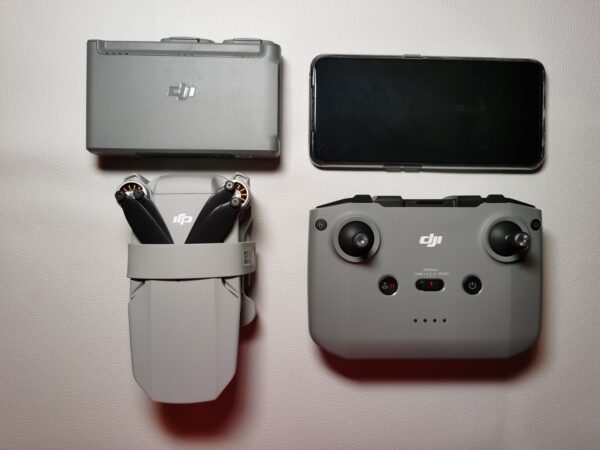
The drone can be had for S$599 but I would go for the Fly More Combo that comes with a carrier bag, two extra batteries, a very useful charging hub, extra propellers and other accessories for S$200 more.
I’d also recommend buying an extra battery at US$54 (S$73) to fill the empty slot in the charging hub and maximise your flight time.
